With the Saharan smog now well and truly lifted we can all get back in our gardens and breathe a little easier. One thing I’m going to be doing is replanting my herb garden which is looking a bit bedraggled after the wet Winter. My kitchen cupboards are bursting with jar after jar of dried herbs but I do love a bit of the fresh stuff to really add a zing to my dishes.
Here’s a quick guide to some of our best known herbs and how you can use them to whip up a culinary delight.
[ezcol_1third id=”” class=”” style=””]
Basil
Taste: Strong and pungent with a sweet smell.
Use: Pick fresh basil leaves from their stalks. Scatter whole or roughly torn over dishes. If cooking, add at the last minute to avoid impairing the flavour.
Probably best known for being the main ingredient in pesto and is also great for seasoning italian dishes.
Good to know: Basil and oregano contain large amounts of (E)-beta-caryophyllene (BCP), which might have a use in treating inflammatory bowel diseases and arthritis.
[/ezcol_1third]
[ezcol_1third id=”” class=”” style=””]
Mint
Taste: I think we all know what mint tastes like but for the purpose of the post it’s refreshing, cool and menthol.
Cook: Layer up the leaves in your mojito, whip up a mint sauce or add to your potatoes when they’re boiling for a fresh take on the new potato.
Good to know: Aids digestion and can help beat a hangover. On another note, it spreads like wildfire so always best to plant in a pot rather than in open ground.
[/ezcol_1third]
[ezcol_1third_end id=”” class=”” style=””]
Sage
Taste: Downy leaves with a very faint aroma of mint. Ever so slightly peppery and so can be bitter.
Use: Good in rich, creamy sauces and also fabulous in a butternut squash risotto. Sage also goes well with fatty meats too.
Good to know: Sage can apparently be used as a remedy for many ailments from abdominal cramps to bloating.
[/ezcol_1third_end][ezcol_1third id=”” class=”” style=””]
Thyme
Taste: Highly aromatic with a sweet earthy flavour.
Use: Robust so can withstand lengthy cooking times making it ideal for using in stuffing various meats.
Good to know: Thyme has a long history of use in natural medicine to help with chest and respiratory problems such as coughs, bronchitis, and chest congestion.[/ezcol_1third]
[ezcol_1third id=”” class=”” style=””]
Rosemary
Taste: Highly aromatic, could be described as ‘woody’.
Use: Take the needle-like leaves and rustle up a bouquet garni to use in soups or casseroles; use whole sprigs to spike meat or remove from the stalk and chop finely for use in stuffings and sauces.
Good to know: Shakespeare claimed that the herb was good for improving your memory.[/ezcol_1third]
[ezcol_1third_end id=”” class=”” style=””]
Dill
Taste: The wispy, feathery leaves have a strong taste that has been described as a combination of anise, fennel and lemon.
Use: As well as being a classic flavouring for pickles, dill is also commonly added to soups and fish. Discard the stems and combine with yogurt or sour cream to create a delicious Greek-style dip.
Good to know: Traditionally used to treat insomnia.[/ezcol_1third_end]
[ezcol_1third id=”” class=”” style=””]
Parsley
Taste: Fresh and lightly scented.
Use: Extremely versatile and can be used in a multitude of dishes. Curly parsley is more likely to be used as a garnish whilst the flat leaf variety works best chopped.
Cook: Chop up both the stalks and the leaves and use in virtually all your savoury recipes.
Good to know: Excessive consumption of parsley should be avoided by pregnant women.[/ezcol_1third]
[ezcol_1third id=”” class=”” style=””]
Coriander
Taste: Strong citrus flavour.
Use: Both the stalks and leaves are edible so chop up and add flavour to salads and meats. Works extremely well in Indian dishes and is worth trying in sweet dishes too.
Good to know: If you buy coriander (rather than growng your own) try to buy with the roots on as the herb will stay fresher for longer.[/ezcol_1third]
[ezcol_1third_end id=”” class=”” style=””]
Oregano
Taste: The Mediterranean variety tastes sweet and peppery, while the Mexican variety has more of a citrus kick.
Cook: Use liberally over your pizzas or sprinkle into your pasta dishes. Oregano also goes very well with lamb.
Good to know: A great antioxidant.[/ezcol_1third_end]
[ezcol_divider]
Anyway enough of me harping on about herbs and their uses. Please drop us a comment to tell us your favourite herb and what you use it for. Any green-fingered chefs amongst us or do you buy fresh stalks or dried varieties from the supermarket? Also has anyone used herbs in sweet dishes rather than savoury? Apparently coriander makes a smashing addition to a cup of hot chocolate….


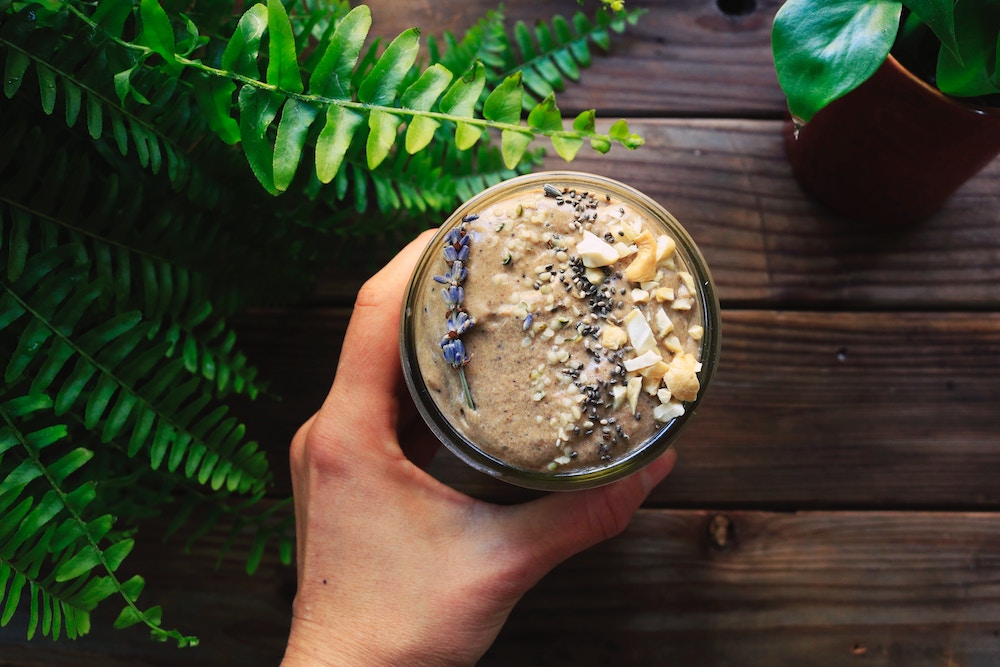


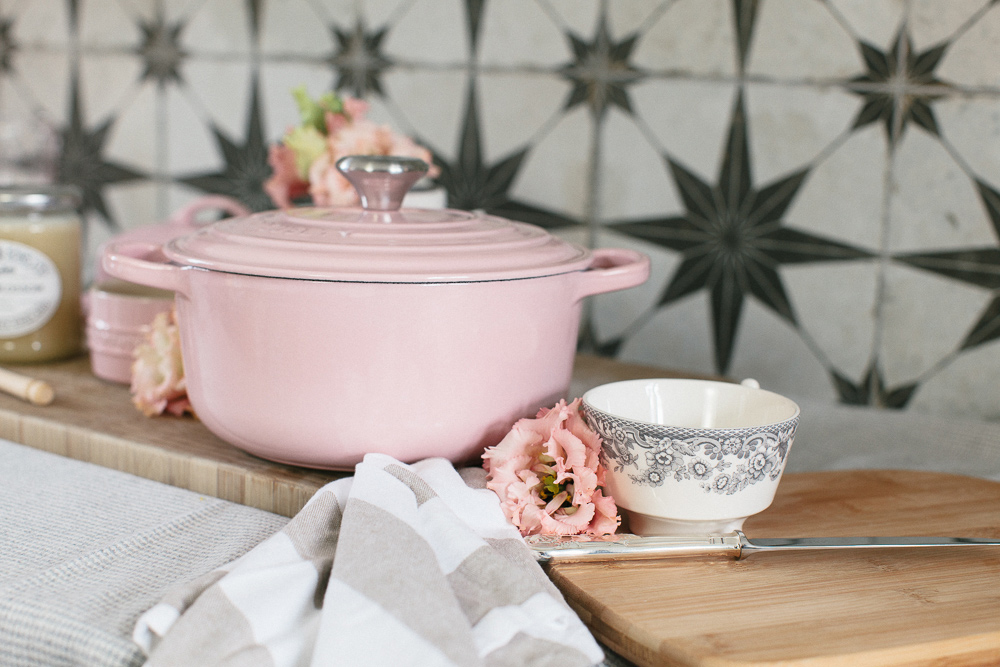


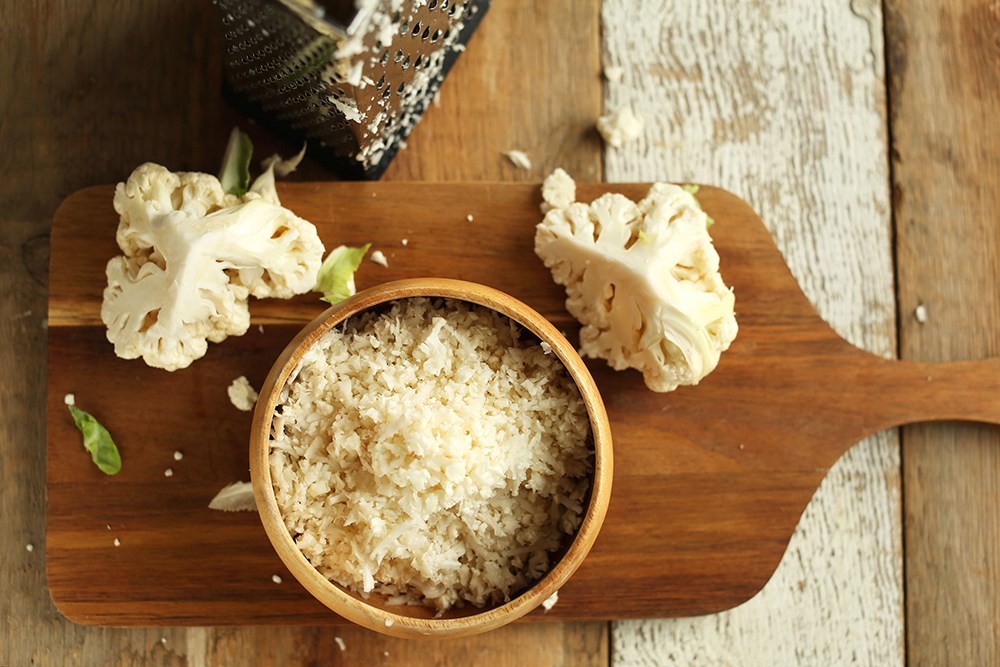

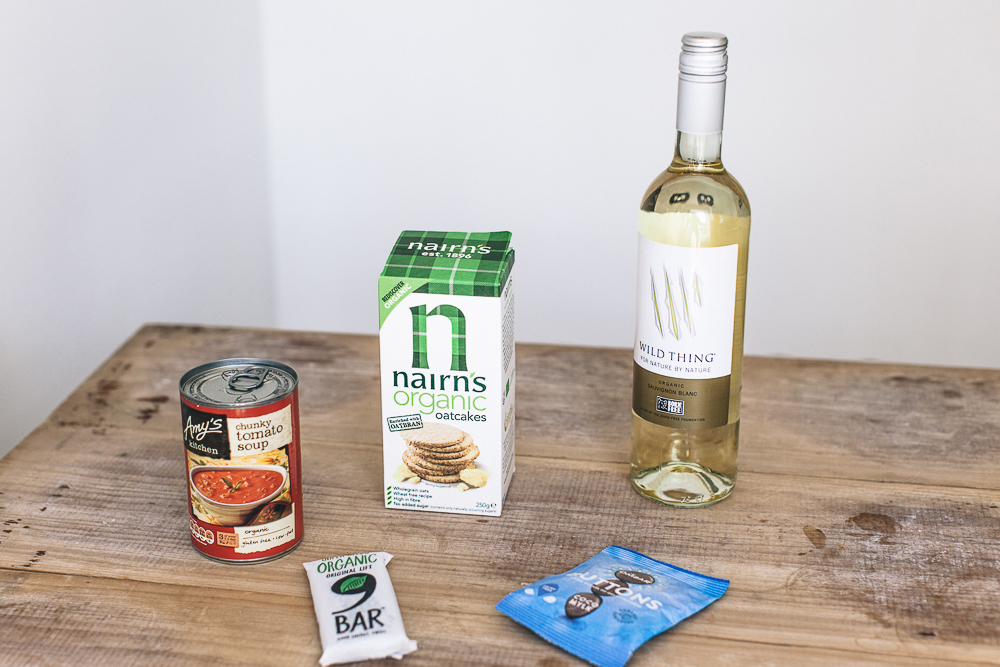
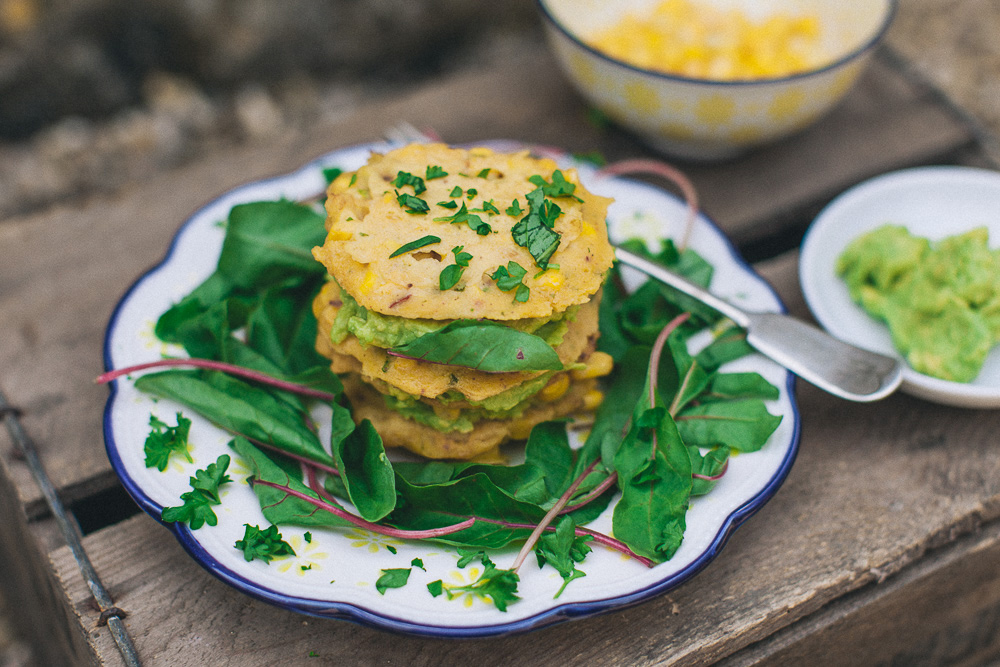
Rosemary goes really well with raisins in a nice tea loaf (I’m young honestly!!), toasted with some butter mmmmmm
Yum. This sounds delicious. Ooh and with the butter, divine! x
I’ve done a recipe like this too… I think I found it in a Jamie Oliver book… Makes for really great sandwiches if you like play around with you sweet and savoury… Raisin and Rosemary loaf with brie grapes and jam. That’s one gourmet sarnie right there!
Are you offering to make such a sandwich Adam? This sounds amazing!
future post? Adams Five best ever sandwiches?
http://whatshouldieatforbreakfasttoday.com/post/75497488676/rosemary-raisin-and-almond-bread
I leave the almonds out because I’m weirdly fussy about mixing textures but this recipe is VERY easy 🙂
my husband is obsessed with buying fresh herbs and therefore our cupboard is always full of half empty plastic bags with leftover stems and leaves. nice!
however if you have some bits of basil left its great with some prawns, garlic and chilli, fried in a pan and then served with wholewheat spaghetti. one of my faves and takes anbout 10 minutes xxxx
He needs to get on with growing his own Hannah!
Garlic, chilli and basil together are lush x
Not to go off on an unrelated tangent. Growing garlic – Soil will only tolerate this every like 7 years?! I’m going to attempt it in pots so I can grow every year!
Seriously Clare? That’s crazy! Sounds like a good plan to grow in pots then!
Yeah. My dad grew it one year then just couldn’t make it work after that. Then took a trip to the garlic farm and they said they have to rotate separate fields every year otherwise it wont grow. I thought it was mad too! not sure how well it will take to potting. Im going to give it a whirl
I think this is probably due to clubroot, a pathogen that can dramatically reduce yields of the cabbage family. I am currently studying for my crop walking exams, so was surprised when this popped up on my favourite blog.
I have only managed to successfully grow rosemary outdoors, but now that we have moved and have a lovely south facing garden, I am tempted to try a few more herbs this summer as I do love to cook with them.
Just a note on growing mint aswell. You must keep trimming it back. It goes MAD if left to its own devices and quite woody.
It goes mental doesn’t it? I had to rip up clumps and clumps of it when we moved house a few years ago. It was taking over!
I read an article once that suggested making a washing up bowl of thyme tea and sitting in it, to relieve thrush!! Wasn’t convinced…
Surely there are other ways Ann-Marie!
Super post thank you! I hadn’t realised until really recently when I met with a nutritionist just how amazing herbs and spices are for health benefits. I’d always just thought they were more about the flavour and so I can be really lazy about adding them into things but am trying to throw them into everything now! Do you plant all of them outside? My ‘herb garden’ has loads of rosemary, thyme, chives and mint (and a few dead sticks) which have made it through the winter but I struggle to keep parsley, corriander and basil alive outside, even during the sunny months…which is annoying as they’re the ones I’d use most! Any tips on how best to make them last?
Hi Amanda, I always find my basil lasts longer if I keep it on the kitchen window (and then scents the kitchen too!). My Father-in-Law is well up on horticulture and says that coriander is notoriously difficult to keep alive; you can’t let it go to seed so pinch out any of little flower buds and try to keep in the shade too. Hope this helps x
What a lovely scented post. I use loads of herbs as they can really add a different dimension to basically any dish. Rosemary is great popped in the oven alongside your potatoes (whole new potatoes, skin on, olive oil and salt flakes) or in a lemon risotto. Tonight, I’ll be making a Lebanese moussaka with a good sprinkle of coriander at the end – told you, we’re crazy about herbs here. My dream? Having my own herb garden… Enjoy!
Do any of you have trouble with annoying little flies that apparently loooove basil? If so, what do you do about them?